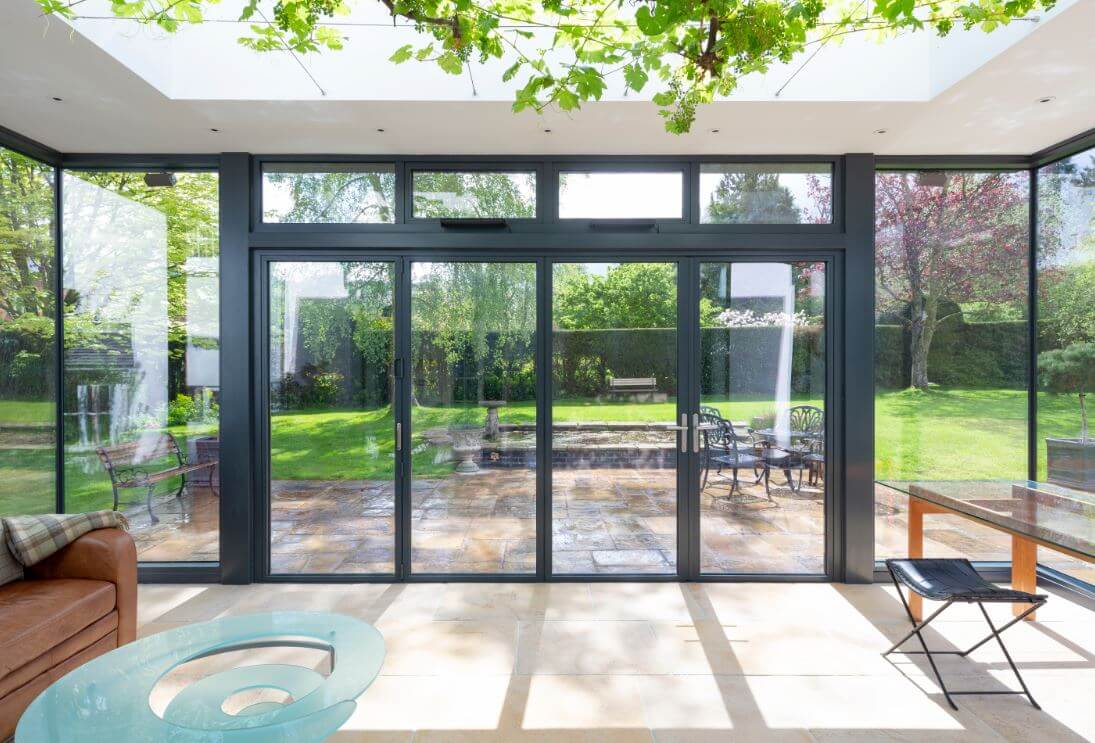Herringbone and chevron flooring are two popular patterns that can be used to lay out wood or other types of flooring. Both patterns involve laying the flooring in a zig-zag or angled pattern, but there are some key differences between the two.
Herringbone Pattern
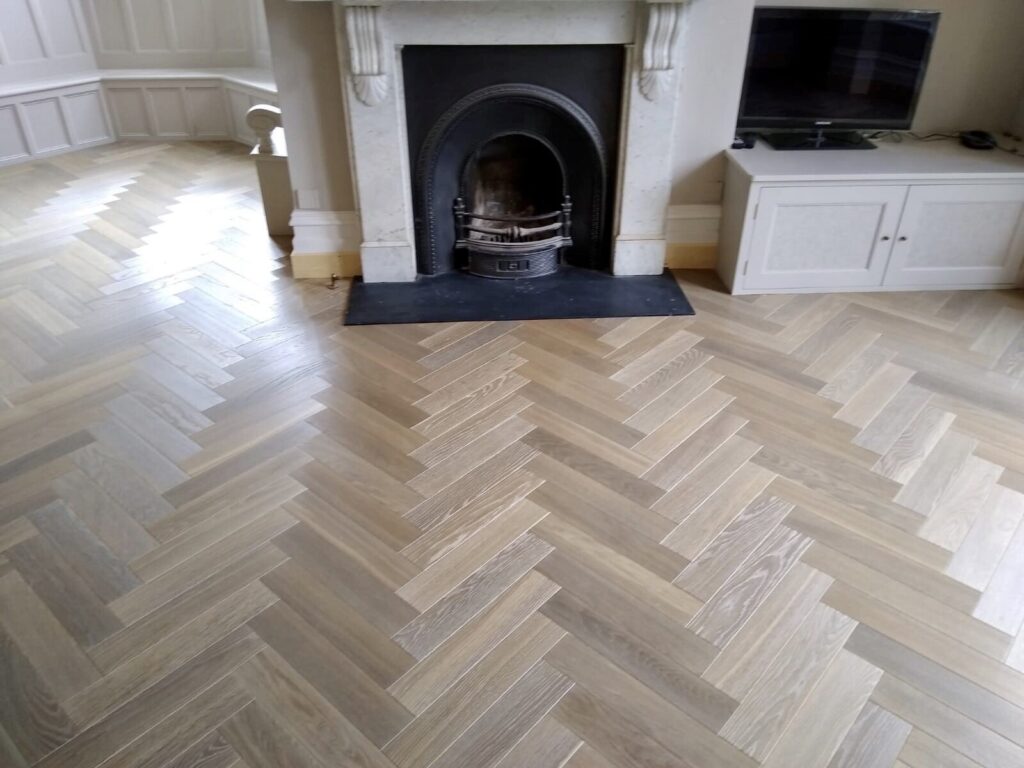
source: pinterest.com
The herringbone pattern is believed to have originated in ancient Rome, where it was used in the construction of roads and aqueducts. The pattern was created by laying bricks or stones in a zig-zag pattern, with each brick or stone laid at a 90-degree angle to the one next to it. This pattern was used because it was believed to be stronger and more durable than other types of construction, and it also had the added benefit of creating an attractive visual effect.
The herringbone pattern was later adopted for use in flooring, and it has remained popular throughout the centuries. It is often used in traditional and classical design styles, as well as in more modern and contemporary spaces.
Herringbone flooring is characterized by its V-shaped pattern, with each individual plank of flooring laid at a 90-degree angle to the one next to it. This creates a repeated pattern of short, parallel lines that intersect at a 45-degree angle. The overall effect is a cohesive and elegant design that can add visual interest to a space.
Chevron Pattern
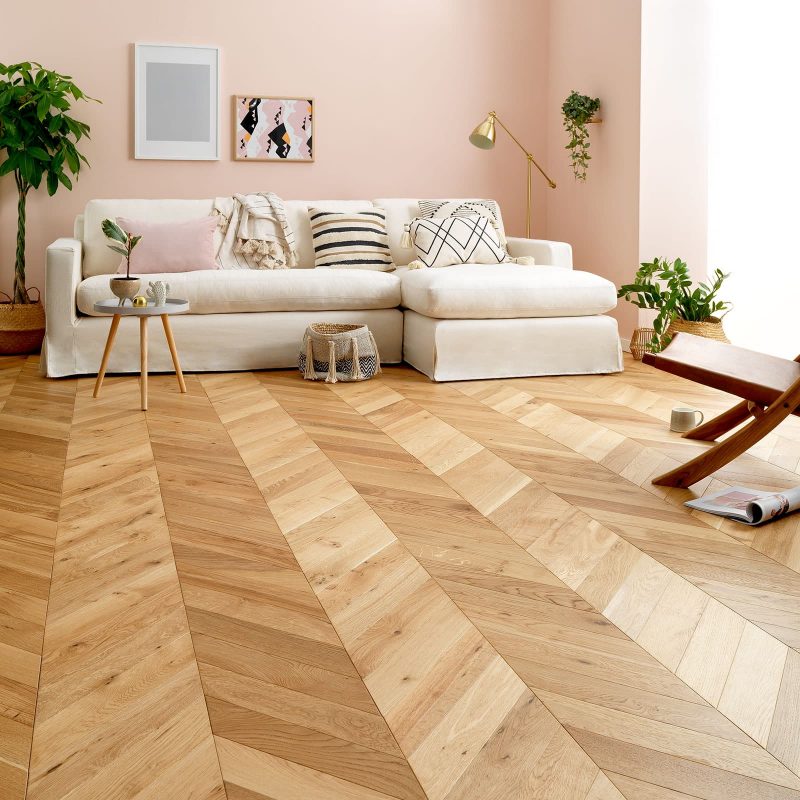
source: pinterest.com
The chevron pattern, on the other hand, is a more recent development. It is believed to have originated in the 18th century, and it became especially popular in the Art Deco movement of the 1920s and 1930s. The chevron pattern is characterized by its repeating V-shaped lines, which create a geometric and modern look. It is often used in contemporary and modern design styles, and it is particularly popular in commercial and public spaces.
Chevron flooring features a repeating pattern of angled lines that form a series of inverted V shapes. The angle of the lines can vary, but is typically around 45 degrees. This creates a more geometric and modern look compared to herringbone flooring.
Both the herringbone and chevron patterns are still widely used today in a variety of applications, including flooring, wallpaper, and other types of decorative design. They are both timeless and enduring patterns that add visual interest and character to any space. You can avail of these two popular styles in engineered wood flooring. But why do people choose this type of flooring? What are the benefits of it?
Benefits Of Engineered Wood Flooring
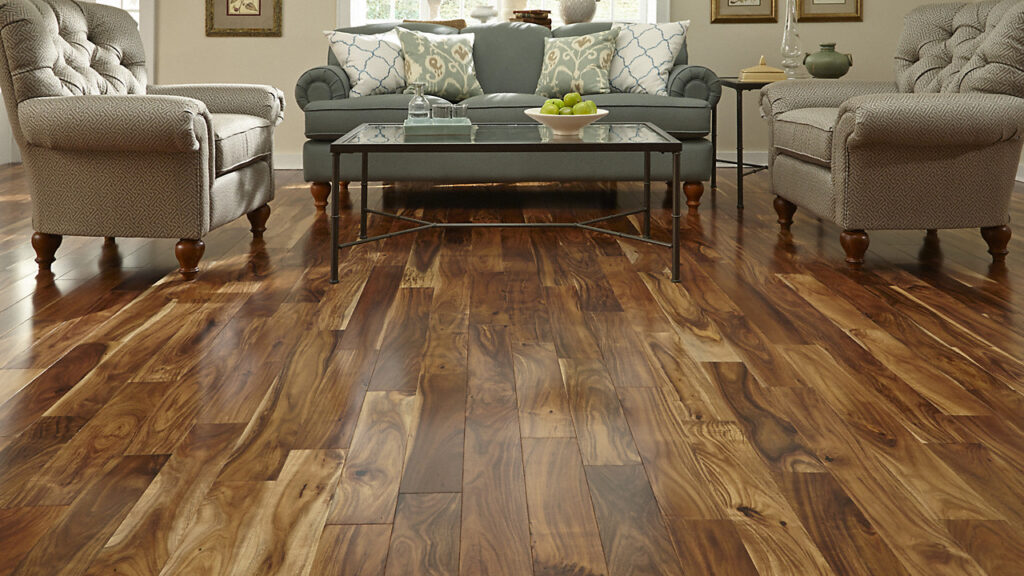
source: pinterest.com
Now, let’s discuss some benefits of engineered wood flooring:
Durability: Engineered wood flooring is made up of multiple layers of wood, with a top layer of real wood veneer. This construction makes it more resistant to moisture, temperature changes, and other factors that can cause natural wood to warp or expand.
Versatility: Engineered wood flooring can be installed over a variety of surfaces, including concrete, plywood, and even ceramic tiles. This makes it a good choice for a wide range of applications, including in kitchens, basements, and other areas where natural wood may not be suitable.
Ease of installation: Because engineered wood flooring is made up of thinner layers of wood, it is generally easier to install than solid wood flooring. It can be floated over a subfloor, or glued down, making it a good option for DIY installations.
Cost-effective: Engineered wood flooring is generally less expensive than solid wood flooring, making it a more affordable option for those on a budget.
Environmental benefits: Because engineered wood flooring uses less wood than solid wood flooring, it has a lower environmental impact. Additionally, engineered wood can be made from recycled wood or wood from sustainably managed forests, further reducing its environmental footprint.
To conclude
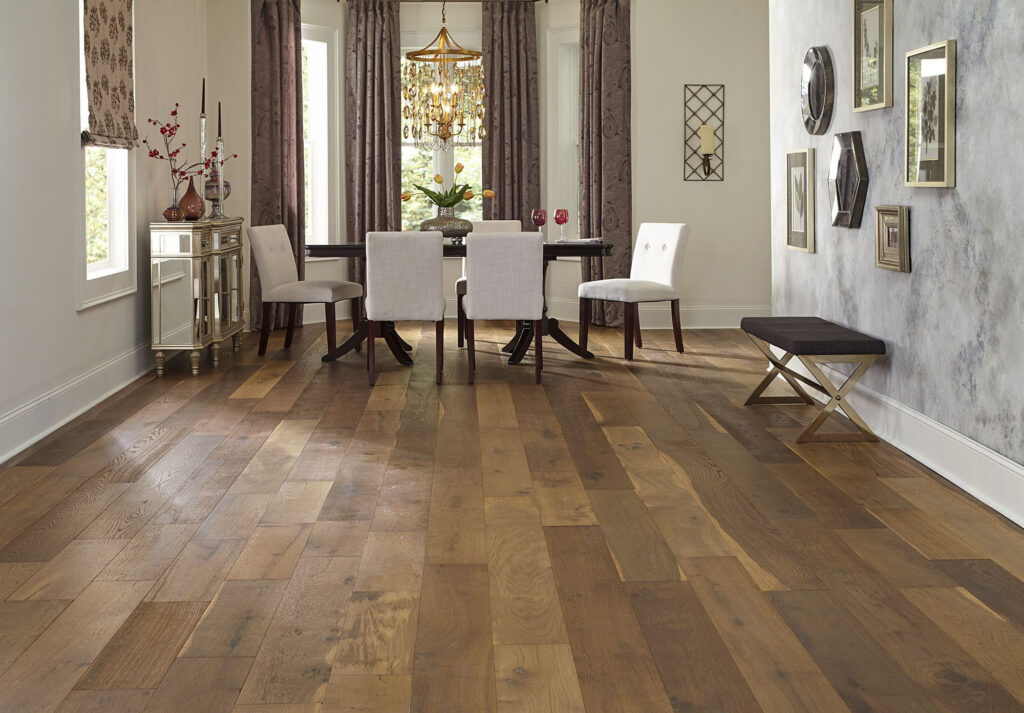
source: pinterest.com
In conclusion, herringbone and chevron flooring are two attractive and timeless flooring patterns that can add character and style to any space. Engineered wood flooring is a practical and cost-effective alternative to solid wood that offers numerous benefits in terms of durability, versatility, and environmental sustainability



